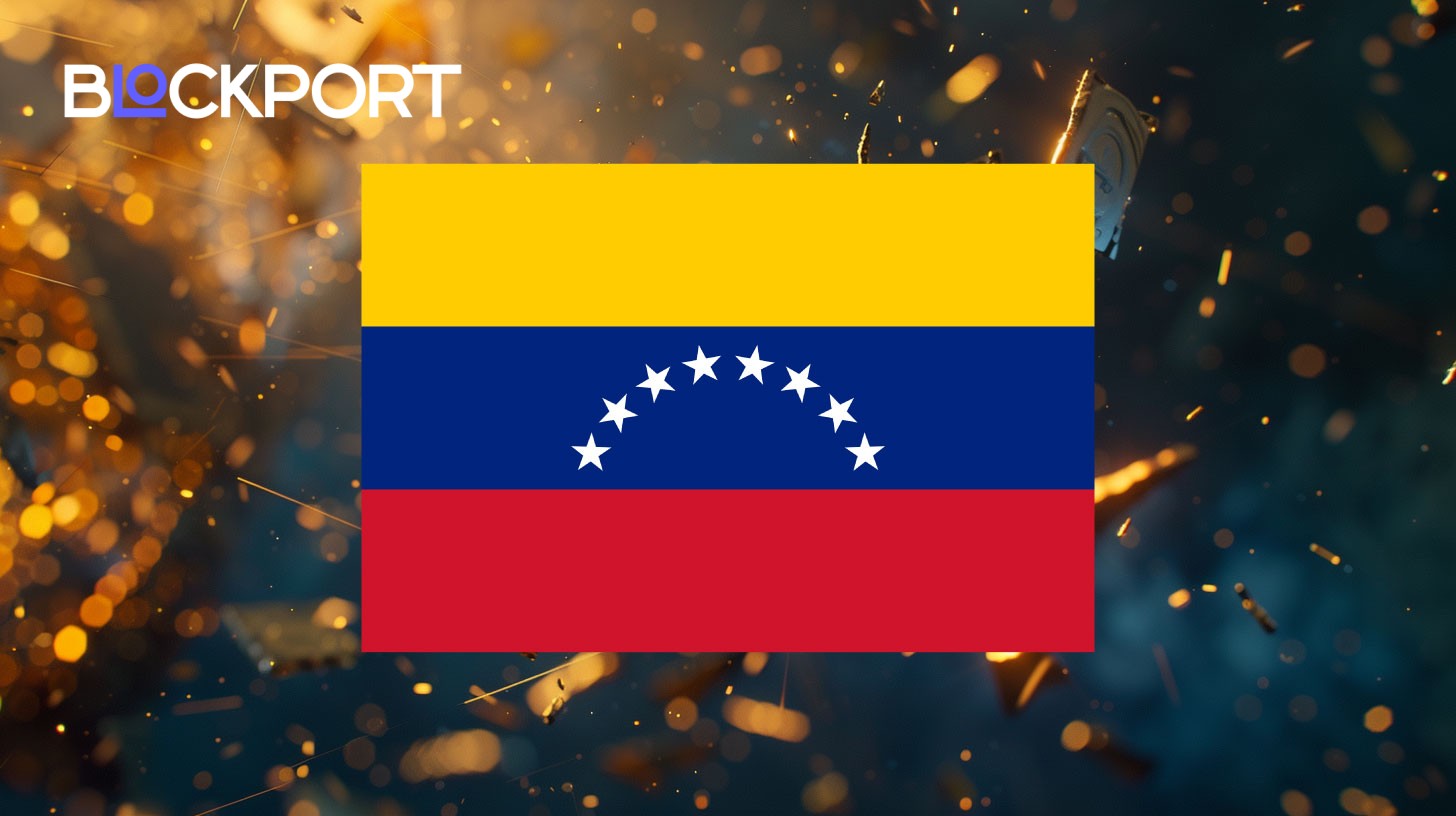Livingston Urges U.S. to Channel $70B Tariff Surplus Into BTC Reserve

The U.S. customs-duty windfall hit $70 B. One analyst wants the money parked in cold-storage Bitcoin to bulk up the new national reserve and outpace rival nations.
The United States sits on a $70 billion tariff surplus and reportedly holds about 200,000 BTC in its new strategic reserve. Author Adam Livingston now wants the U.S. Treasury to redirect that excess cash into fresh Bitcoin buys, arguing it would meet Trump’s budget-neutral mandate and strengthen the dollar’s digital backstop.
Tariff Windfall, Executive Orders and the Birth of a Digital Fort Knox
Livingston’s memo lands as customs duty receipts hit $135.7 billion for the first ten months of fiscal 2025, up 116% year-on-year. That surge leaves an estimated $70 billion above baseline projections, money not yet earmarked for Medicare, Social Security or debt service.
The idea dovetails with Executive Order 14192, which lets the Departments of Treasury and Commerce acquire more Bitcoin only through “budget-neutral strategies” that avoid additional taxpayer cost. Confiscated coins already seed the reserve: court records show roughly 290,000 BTC – about $20 billion – held in Justice and Treasury wallets, assets the government now refuses to auction.U.S. Treasury Secretary Scott Bessent muddied the water on Aug. 14.
He told Fox Business the U.S. “won’t be buying” extra BTC, sparking headlines that the reserve was capped. Hours later, Bessent reversed course on social media, saying officials still study budget-neutral paths, tariffs included. Axios and the Wall Street Journal note the secretary’s walk-back keeps the door open while pacifying deficit hawks wary of new outlays.
Livingston’s specifics matter. He wants monthly purchases capped by surplus size, multisig cold storage spread across regions, on-chain proof-of-reserves, and a hard sell ban to keep coins off-limits for loan collateral. Supporters say the framework echoes Norway’s oil fund rules, turning BTC into a 21st-century sovereign asset without swelling debt.
Critics counter that tariffs can swing with trade cycles; a recession or policy shift could erase the surplus and strand the program midstream. TodayOnChain notes legal fights over tariff authority could also derail funding. Others warn that concentrating buying power in Washington risks market distortions if the government turns into a sudden seller, a lesson drawn from historical gold dishoarding.
Geopolitical competition is intensifying. El Salvador, Bhutan and Madeira already hold state BTC, and Samson Mow’s January white paper claims fast-moving rivals could “front-run” the U.S. by locking float at lower prices. Livingston frames his plan as a catch-up maneuver before supply halves again in 2028.
His timing is no accident. In March, President Trump signed an executive order creating the Strategic Bitcoin Reserve and a broader Digital Asset Stockpile, both to be funded without new taxes. The order followed months of lobbying by Senator Cynthia Lummis, who later reintroduced the BITCOIN Act to authorize buying up to one million BTC over five years.
What More Bitcoin Buys Could Mean for Markets and Policy
Livingston notes the surplus alone could fund about 900,000 BTC at current prices – nearly matching Senator Lummis’s five-year target and locking up 4% of eventual supply. Such a move would dwarf El Salvador’s 6,100 BTC trove and even Bhutan’s stealth stash, signaling U.S. dominance in sovereign crypto holdings.
Market impact could be swift: Bitbo data show exchange balances near five-year lows, so a multibillion-dollar government bid might strain liquidity and spike prices. Supporters argue tariff-funded buys avoid deficit angst – for every dollar spent on BTC, another dollar of surplus still hits Treasury’s ledger – thus satisfying Trump’s “no new debt” rule.
Critics warn of volatility risk: Reuters reminds that customs revenue swings with trade flows, and a 3.7% BTC pullback followed Bessent’s mixed signals last week. Policy watchers also flag precedent. If U.S. agencies start treating Bitcoin like gold, other G-20 nations may copy the playbook, accelerating the asset’s monetization and reshaping global reserves.
Final Take
Livingston’s proposal stitches together two political threads: tariff hawks proud of the customs windfall and crypto advocates pushing for a bigger digital war chest. Redirecting surplus duties would let the Treasury expand the reserve without new borrowing or taxes, aligning with the White House’s budget-neutral pledge.
Whether Congress approves the plan – or rival nations move faster – may determine if today’s $70 billion opportunity becomes a historic foothold or a footnote in America’s crypto strategy.
Content on BlockPort is provided for informational purposes only and does not constitute financial guidance.
We strive to ensure the accuracy and relevance of the information we share, but we do not guarantee that all content is complete, error-free, or up to date. BlockPort disclaims any liability for losses, mistakes, or actions taken based on the material found on this site.
Always conduct your own research before making financial decisions and consider consulting with a licensed advisor.
For further details, please review our Terms of Use, Privacy Policy, and Disclaimer.



























